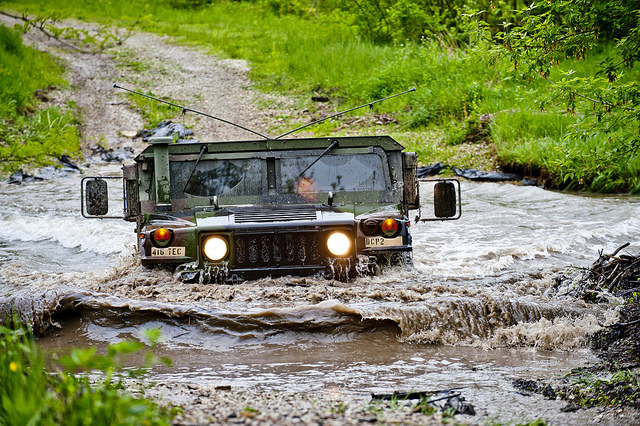Tips and Techniques: A Beginner’s Mini-Guide to Off-Road Driving
Off-road driving is a lot of fun, but you need to master a few basic techniques in order to navigate the trails safely. Follow these tips to stay safe while driving off-road.
Get to Know the Trail
Plan your route in advance. Use Google Earth to get a preview of the kind of terrain you’ll be diving over. While driving, go slowly and keep an eye on the road ahead so you’re not surprised by sudden corners or bumps. If the trail starts to get rough and you’re not sure whether you’ll be able to pass, get out of the car and scout ahead on foot to find out what you’ll be facing if you carry on. If your car gets to banged up on the trail, you always have the option of having it transported home with a car shipper.
Lower Your Tire Pressure

Use the Right Gear
In most off-road situations, driving slowly in a low gear is the best way to navigate your way over rocks and through thick mud. However, if you’re driving on sand, the wheels need a bit more speed to avoid sinking in too much, so a higher gear can be more appropriate.
Find Traction
Finding traction of the most essential skills to master as an off-road SUV driver. Rather than pressing on the gas to try to drive your car out of a dip or groove, back off the throttle and turn the steering wheel back and forth to help the tires find traction on the ground. If you can’t get out forward, try reversing out of the dip and trying a different route across the difficult patch of ground.
Watch Out for Deep Water

Prepare for the Worst
Even experienced off-road drivers occasionally get stuck on a particularly difficult patch of trail. Prepare for this situation by bringing a recovery kit, which should include a heavy-duty tow strap and an electric winch that can handle the weight of your vehicle. Also bring water, food, and a mobile phone, just in case you can’t free the car and need to call for help. If you’re going to be driving in very cold weather, create a winter car survival kit before you set off. The essentials in this kit include blankets to keep you warm while you wait for rescue.
Michael Galloway has done plenty of off-road driving thanks to his military background. He now works in promoting road safety and enjoys sharing his insights online. He is a frequent contributor for a number of relevant websites.
Image by The National,DVIDSHUB,landrovermena Under Creative Common License.

